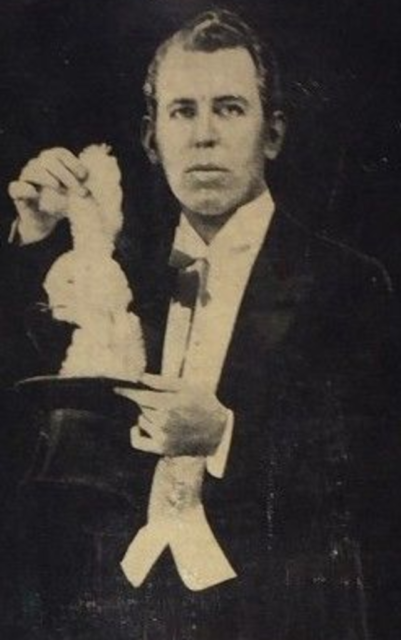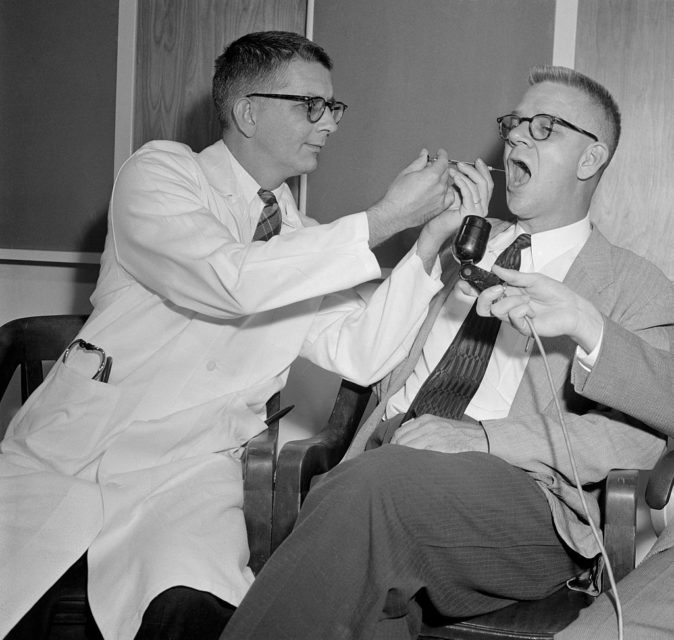The CIA Paid A Magician To Write A Deception Manual During The Cold War
The United States government feared an attack from the USSR during the Cold War. This led it to a host of experimental programs aimed at ensuring the country was prepared for whatever the Soviets threw at them. One such program was Project MK-ULTRA, for which the Central Intelligence Agency (CIA) asked for the assistance of magician John Mulholland.
John Mulholland
John Mulholland was born on June 9, 1898. He first began to learn the art of magic as a teenager, with the mentorship of John William Sergeant, the President of the Society of American Magicians. He went on to have a professional career that spanned two decades, during which he worked with small companies and larger stage shows.

Mulholland quickly made a name for himself, running one of the first magic workshops and becoming the editor of the magical trade magazine, The Sphinx. He performed shows in over 40 countries, including some at the White House, and published 10 books about magic.
One of these books was called The Art of Illusion: Magic for Men to Do. Around 100,000 copies were published and distributed among US soldiers serving overseas during World War II.
Project MK-ULTRA
Project MK-ULTRA began in 1953 out of the US government’s fear that the USSR, North Korea and China were brainwashing prisoners of war in Korea. Allan Dulles, then-director of the CIA, approved the project, with the aim of gaining an understanding of these mind control techniques and other unorthodox surveillance measures being used by America’s enemies.
Throughout the duration of MK-ULTRA, hundreds of experiments were conducted, often on civilians who were unaware such tests were being performed. They were conducted across the US and Canada at prisons, universities and hospitals to assess the use of LSD, electroshock therapy and paralytics for psychological torture, mind control and information gathering.
While the project ran until 1973, the majority of tests were conducted between 1953 and 1964. Details weren’t released until 1975, when a congressional investigation was launched into illegal activities perpetrated by the CIA both within the US and around the world.
The CIA manual on deception and trickery
Toward the beginning of Project MK-ULTRA, the CIA approached John Mulholland to write a top-secret manual on deception. For $3,000, he was tasked with providing tips to agents on how to exploit tricks for covert operations. Mulholland agreed, opting to step down from his position at The Sphinx to work for the agency.
The manual was divided into sections on how to perform tricks, ranging from transporting pills and other objects, to making people “disappear” and “reappear.” His sleight-of-hand tricks included performing small actions while making broader gestures and folding pieces of paper to covertly pass them to others.

Mulholland discussed ways in which a person’s appearance could play a role in their effectiveness on the field, as a dishevelled appearance was said to arouse less suspicion than someone put together. To get a message across, an agent could tie their shoelaces a certain way, keep notes in hidden pants pockets and use certain specific items to indicate certain topics.
As well, he pointed out ways in which everyday items could be used for spy operations. For example, a tube of toothpaste could be used to hide a .22-caliber bullet, while cigarette packages and matchbooks could hide small forms of intelligence. Mulholland also discussed how a hollowed-out coin could be used to hide pills and notes.
A not-do-destroyed guide
According to reports, John Mulholland’s guide, titled MKUltra Subproject Number 4, was meant to be destroyed in 1973. However, decades later, retired CIA officer Robert Wallace obtained surviving copies.

Together with Naval intelligence historian Keith Melton, he republished the manual under the title The Official CIA Manual of Trickery and Deception. They add illustrations to go along with the text and provided a detailed history on MK-ULTRA.
Post a Comment
0 Comments